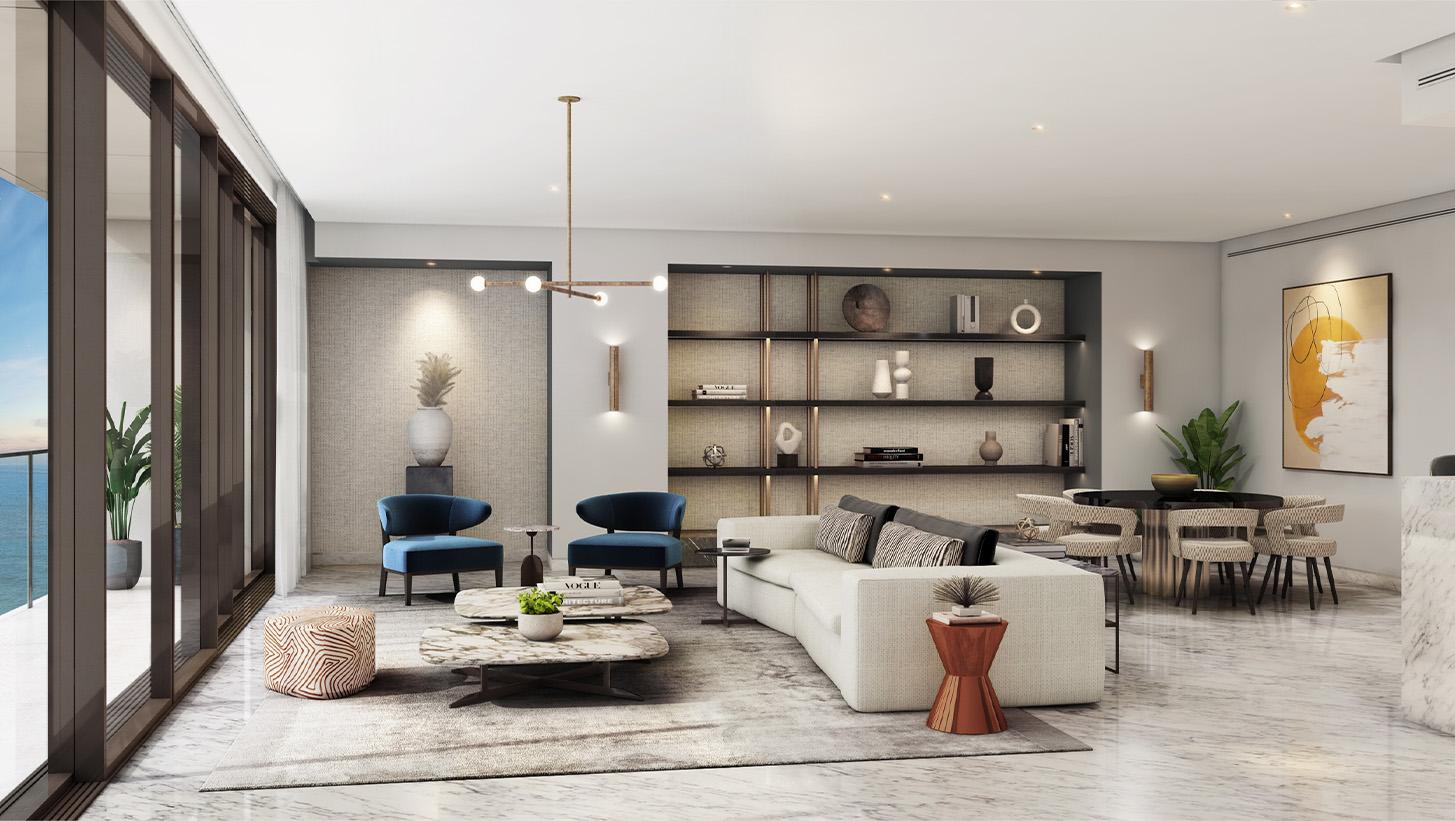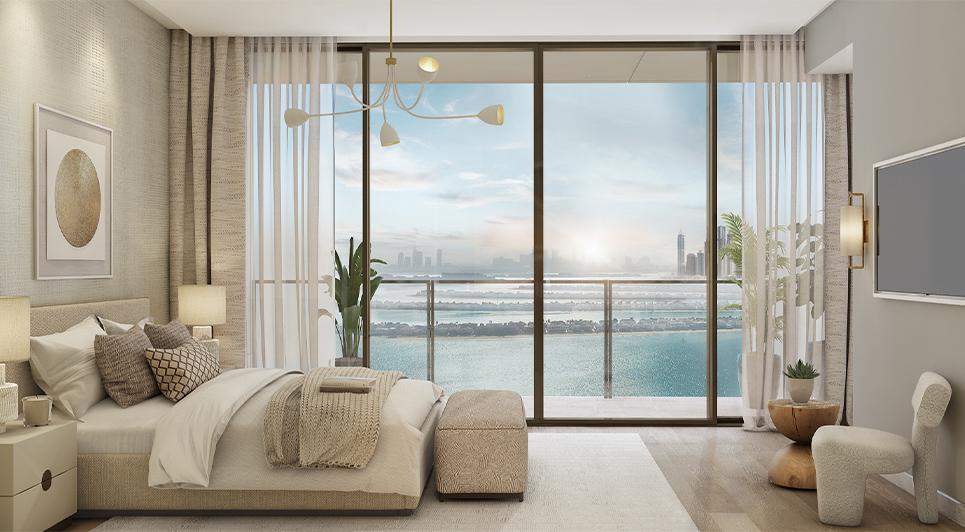
August 14th, 2022 / 3 min read
As lovers of design, we are definitely fascinated by the elaborate architecture, the detailed and multi-faceted approaches in the field. This ranges from the densely ornamental classic French style to the colorful blur that we find in Eclectic interiors and the unfathomably skilled patterns of old Ottoman architecture. Elaboration and complexity in design have the ability to create truly awe-inspiring statements in terms of large-scale architecture and interior spaces.
However, the idea of deconstructing design and minimizing complexity also has its own merit. There is beauty in simplicity. There is devilish detailing in that which is unsaid and untold. All of that stems from the principle of less is more. Design is such a wide and diverse kaleidoscope that the spectrum doesn’t allow for any black or white areas. There is always room for conversation, room for expanding creative interpretations and that’s why, we at Concept Me, love to experiment. It's all part of the process of breaking boundaries, of not settling for that which we already know because, where’s the fun in that?
Alright, so it’s Concept Me story time.
In designing one of our latest projects, several members of our design and marketing team joined a meeting to critique a single space in the apartment: a lavish modern living room. The details were subdued, the colors were neutral and the overall feel was that of an open plan, breezy space. During the meeting, we went over the impact that one tiny side table had on the whole room.
Think about it. Three adults. The founder of the company. For a whole hour. Debating a side table’s impact on a room. Obviously, this is after the design room had already spent two whole months discussing and designing the room. To remove it, to keep it, to replace it?
That’s design for us at Concept Me. It is the process of understanding what belongs in a space and what doesn’t. Design is not about fitting in items and decorative pieces just to fill up space. Design is also about knowing when not to fill up the space. Design is also about knowing the importance of deconstruction. Sounds very abstract and pretentious, but let’s break it down for real.

The first benefit of maintaining a minimalist and deconstructive line of thinking in design is being capable to start designs from scratch. It is important to understand every individual space as it is, with no focus on constructing it for the sake of constructing it, but for the purpose of building it step-by-step based on its needs and narrative. Having a deconstructive mindset truly helps in envisioning a blank canvas of a space which gets the creative juices running. In short, keeping a minimalist perspective when you approach a new design, allows you to approach each space’s design individually.
‘It is my ambition to say in ten sentences what others say in a whole book.’ Friedrich Nietzsche
Good design’s primary enemy comes dressed up as clutter! That is why approaching any project of any scale with the bare minimum requirements in mind allow for a higher standard of design.
Why?
Because when the focus is on creating a space (including its elements from furniture to color) without going over the top allows for a very strict process of elimination. This process of elimination maintains only the best possible options. It’s not about being picky and high-strung, but about knowing how to do the best you can with the canvas in the most efficient and clutter-free approach. Believe it or not, elimination is a skill of its own accord!
And finally, a deconstructive, less-is-more attitude allows you to break free. Concept Me was founded on the vision of breaking design boundaries and not being tied to any set of design principles just because they’re universally accepted. So, approaching design with a deconstructive mentality allows us to forget everything that we knew before and that we had done before and create from nothing. At the end of the day, we want every space we bring to life to be unique, to tell its own untold story and to be a statement to the creativity that comes from abandoning boundaries and doing what we believe is right.
So, we hope this was convincing enough. Forget what you know. Run away from clutter. Give the space what it needs and nothing extra because at the end of the day, trust us, less is more.